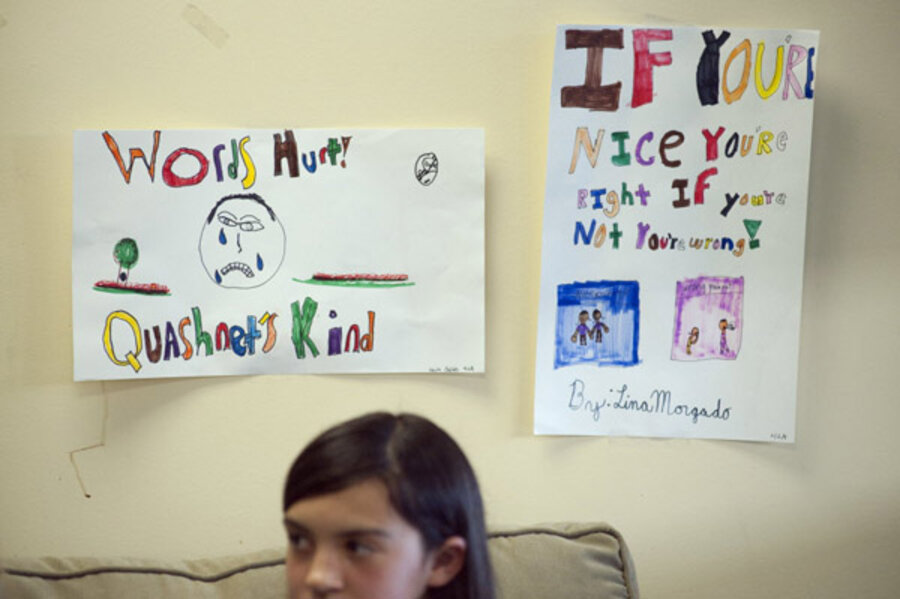“Zero tolerance” policies became popular in the 1990s to deal with a host of school – and, for that matter, criminal justice – challenges, from drug use to violence to sexual harassment. Usually a zero tolerance policy includes an automatic penalty for a given infraction, regardless of who is involved or what the extenuating circumstances may be. The concept is that if kids know they’re going to get kicked out of school for bullying, they just won’t do it. This approach is still favored by many anti-bullying groups and websites.
But researchers say there’s no evidence that zero-tolerance policies lower the incidence of bullying. There are, however, a number of studies that show a correlation between zero tolerance and increased aggression and harassment at school. Why? The American Psychological Association’s task force on zero tolerance said in 2008 that these policies did little to standardize punishment and did not take into account the best developmental approach for teenagers. Other researchers have said that zero tolerance does little to build needed compassion.
The other side of the anti-bullying spectrum is not necessarily always better, however. A comprehensive international review of anti-bullying initiatives by The Campbell Collaboration research network found that peer-based, or peer mentoring, anti-bullying programs often increased rates of victimhood, as well.








